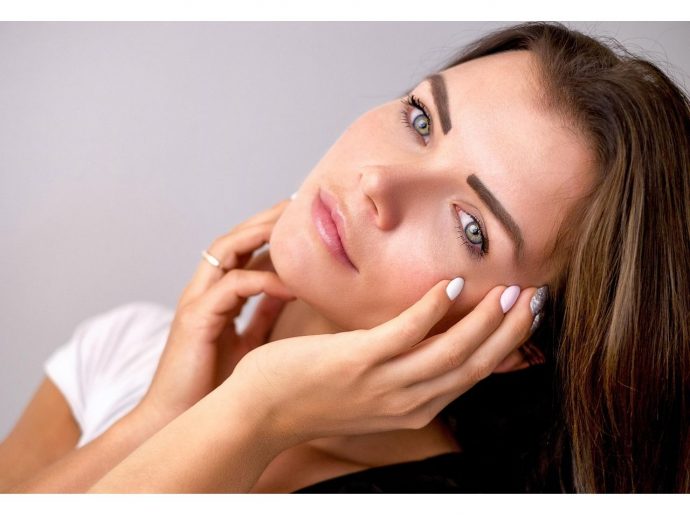The pursuit of beauty is universal, and in recent years, dermal fillers have emerged as a popular choice for those seeking to enhance their natural features. Such non-surgical options are appealing because they often allow individuals to maintain their natural look while subtly enhancing their features.
Dermal fillers restore volume to areas of the face that may have lost their fullness over time, such as the cheeks, lips, and under-eyes. This minimally invasive treatment can be a game changer for many individuals, providing confidence and well-being that comes from looking fresh and rejuvenated. Grasping how these fillers function and their advantages and potential risks is essential for individuals thinking about this cosmetic choice. Educating oneself is the first step toward achieving aesthetic goals while ensuring safety and satisfaction.
Key Takeaways:
- Discover how dermal fillers can highlight natural beauty.
- Learn the science behind how fillers work.
- Explore the benefits and potential risks of cosmetic fillers.
- Gain insights into maintaining a youthful appearance.
Table of Contents:
- What Are Dermal Fillers?
- How Do Dermal Fillers Work?
- Benefits of Using Dermal Fillers
- Understanding Potential Risks and Safety Measures
- Choosing the Right Filler for You
- Real-Life Success Stories
- Tips for Longevity of Results
- The Future of Dermal Fillers
What Are Dermal Fillers?
Dermal fillers are gel-based materials injected under the skin to replenish lost volume, smooth wrinkles, and improve facial shapes. With advancements in technology, treatments like lip filler have become more accessible, allowing people to achieve youthful, revitalized appearances without invasive surgery. They are made from various substances, with hyaluronic acid being among the most popular due to its effectiveness and safety profile in hydrating and volumizing the skin. Fillers can be tailored to each individual's needs, targeting areas like the cheeks, lips, and under-eye hollows, where aging and environmental factors typically cause volume loss and sagging.
How Do Dermal Fillers Work?
The science of dermal fillers is both fascinating and straightforward. When injected, these fillers add volume beneath the skin, smoothing out wrinkles and creating a fuller appearance. This effect is temporary but can last from six months to two years, depending on the type of filler used and the area treated. Healthline's overview of dermal fillers provides a comprehensive guide for those interested in the details of filler functionality. The mechanism largely depends on the type of filler: some attract water molecules to maintain volume, while others stimulate collagen production for longer-lasting results.
Benefits of Using Dermal Fillers
Among the myriad benefits of dermal fillers is their ability to enhance facial features naturally, without surgery. These treatments offer immediate results, require minimal downtime, and are customizable to suit each person's aesthetic goals. Fillers can rejuvenate a tired-looking face, giving it a plumper, fresher appearance. Additionally, they can correct asymmetries and provide a more harmonious balance to facial features, enhancing a person's confidence and self-esteem.
Understanding Potential Risks and Safety Measures
Like any cosmetic procedure, dermal fillers come with potential risks, including bruising, swelling, and infection. However, these risks are mitigated by choosing a qualified practitioner who follows sterile technique and proper procedures. It's important to understand these aspects, and the FDA's recommendations on facial fillers offer valuable insights into ensuring a safe experience. Discussing your medical history and concerns with your provider is essential for minimizing risks and optimizing outcomes.
Choosing the Right Filler for You
The diversity of dermal fillers means options are suited for every skin type and desired outcome. Consulting with a certified professional is crucial, as they can assess your skin and cosmetic goals to recommend the most appropriate filler. Factors such as skin texture, elasticity, and the specific aesthetic you hope to achieve will guide the choice of filler, ensuring that your results are natural and satisfying.















